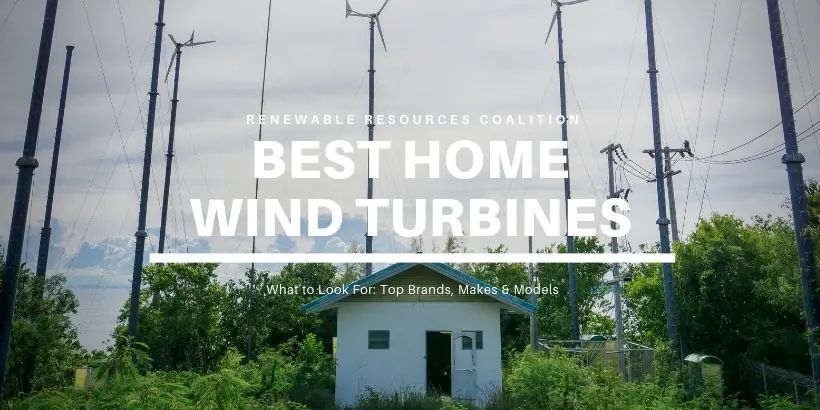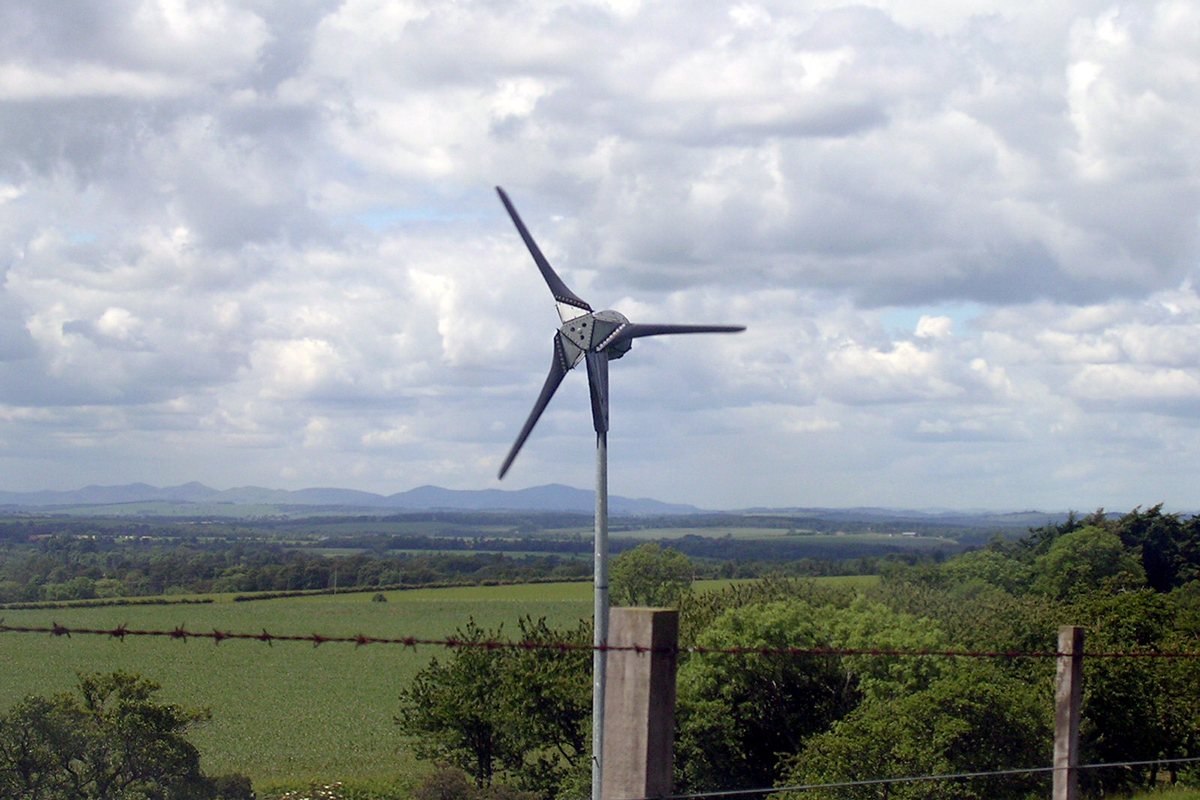

Tesla Powerwall: Is It The Most Efficient Solar Battery?.How Long Does A Solar Panel Installation Take?.Tesla Solar Panels: Are they worth the investment?.How Much Will Solar Panels Add Value To Your Home?.A Complete Guide To 2022’s Solar Tax Credit For The Federal Government.What Will Electric Cars Save You By 2023?.Nuclear Energy – What Are The Key Conclusions.Hydropower – What Are The Key Conclusions.Biomass Energy – What Are The Key Conclusions.Geothermal Energy – What Are The Key Conclusions.Wind Energy – What Are The Key Conclusions.Fossil Fuels – What Are The Key Conclusions.What Exactly Is A Sun Number Score, And How Does It Work?.Solar Energy: What Are The Key Conclusions?.Even so, unless it suffers an accident, a wind turbine can operate for between 20 and 25 years. It does not have any moving parts to wear out, unlike wind turbines, where the mechanism can become worn or break. The installation cost for panels has dropped dramatically over the last few years, which is not the case for wind turbines.Ī solar power installation can produce electricity for over 30 years, with no maintenance other than cleaning or replacing the inverter on average every 12 years. Unlike wind turbines, solar panels do not require open ground around a mast. Planning permission is not required if the panels are placed on the roof. Installing photovoltaic panels has been made easier in the three regions of the country by simplifying administrative procedures. For individuals, solar panels are much more cost-effective.

Solar and wind energy are therefore, in theory, complementary.īut in practice, it is mostly large wind turbines that are cost-effective. This is the result of a wind measurement study conducted at various locations in the Region (see “ Le potentiel de l’éolien urbain à Bruxelles” on the Bruxelles Environment website).Ĭompared to solar panels, wind turbines can produce electricity night and day, all year round, even in winter. On the other hand, on high tower-blocks, the performance of small- and medium-capacity wind turbines seems theoretically promising. The wind strength in cities is lower than in agricultural areas, which also limits its potential. Their estimated potential is low, due to the presence of neighbouring buildings, and wind turbulence in urban areas which affects their energy-producing quality. In the Brussels-Capital Region, placing small wind turbines at low altitude beside private homes is not ideal. In addition, the proximity of the airport can make it difficult to obtain permission.Ĭan we have small wind turbines in Brussels? The decision is up to the local authority and there is no clear directive. Planning permission is required for each wind turbine and it isn’t easy to get. Hard to get planning permission in Brussels for a wind turbine Tests with small wind turbines in the Netherlands and the United Kingdom have shown that actual production was 15 to 17 times lower than the maximum capacity claimed by manufacturers.ģ. Private wind turbines do not produce enough electricity In addition, most wind turbines stop producing electricity when the wind is less than 3 m/s.Ģ. In Belgium, the average wind speed can vary between 6 to 7 m/s at the coast and only 2 to 4 m/s in Upper Belgium (source: IRM’s website). The amount of wind at 10-15 metres height (the maximum axis height allowed for these wind turbines) is quite limited in Belgium, hence low cost-effectiveness. Small wind turbines for private customers are only a good idea when the wind is strong enough locally. Too little wind in Belgium for small wind turbines In Belgium, and in Brussels in particular, it is better to produce renewable electricity with solar panels than invest in a wind turbine.īefore the large-scale appearance of solar panels, and especially the fall in their price (they now cost only a third or a quarter of what they used to), the future of private wind turbines for individuals seemed promising, but this enthusiasm has now waned.


 0 kommentar(er)
0 kommentar(er)
